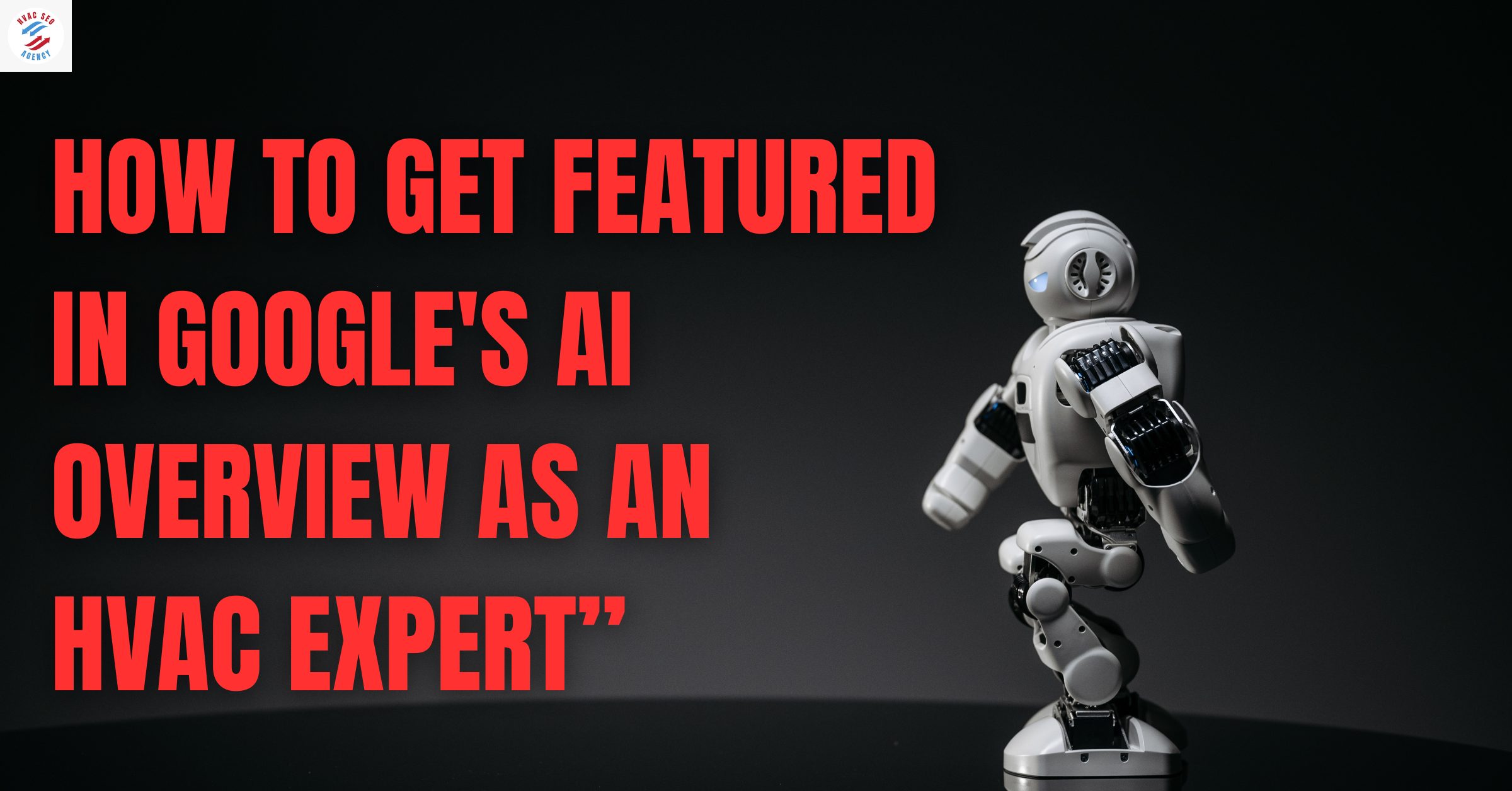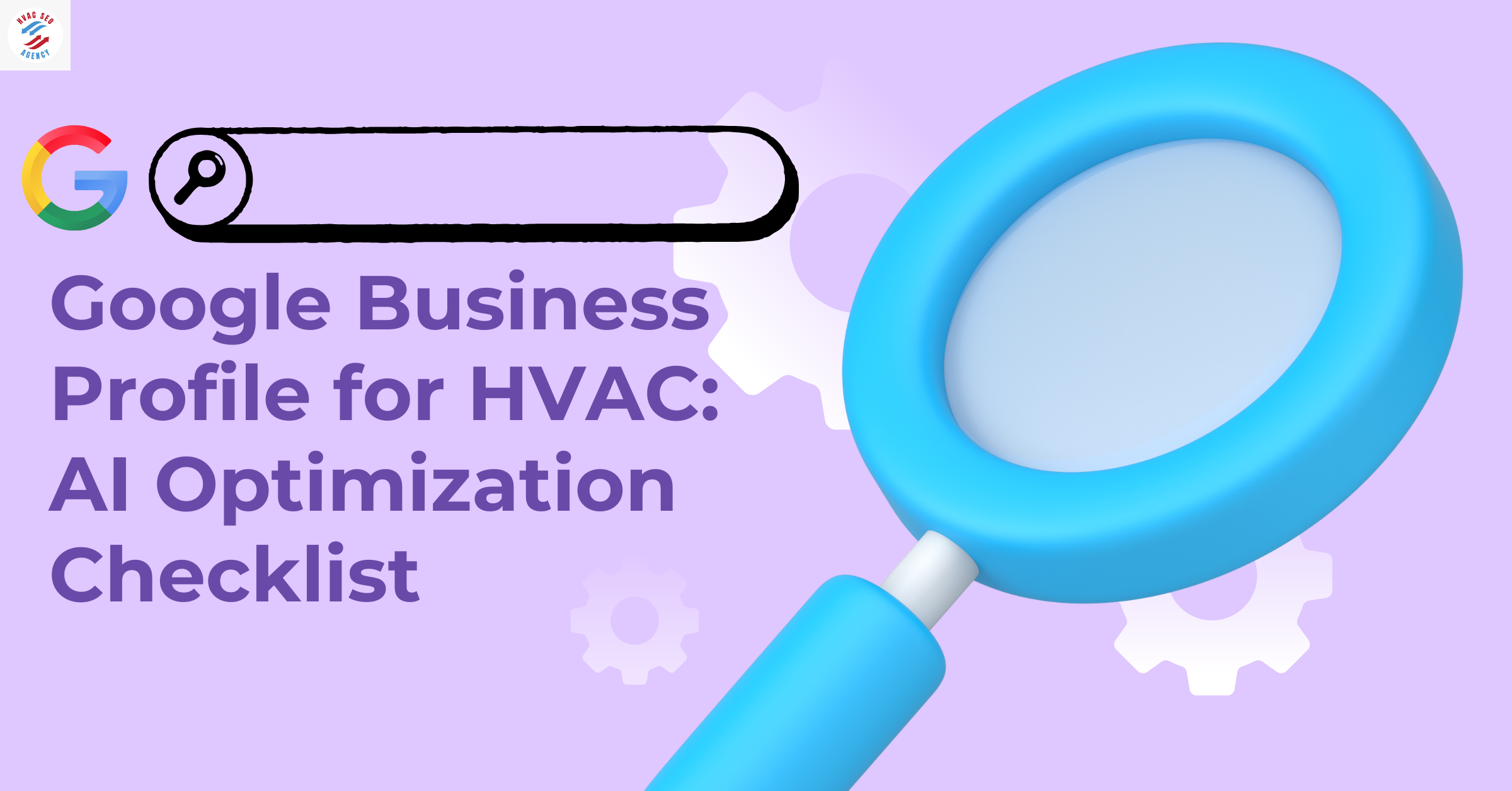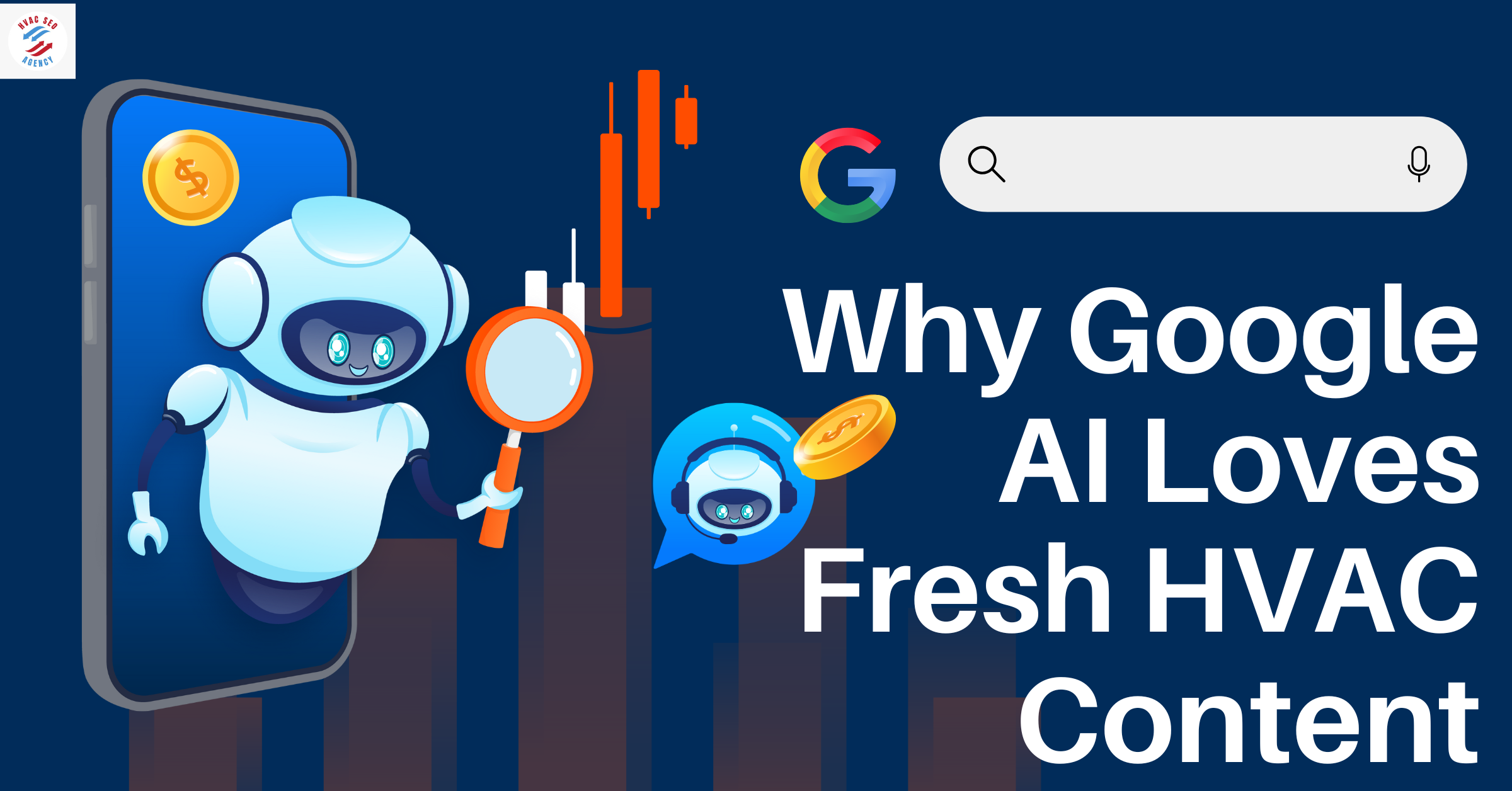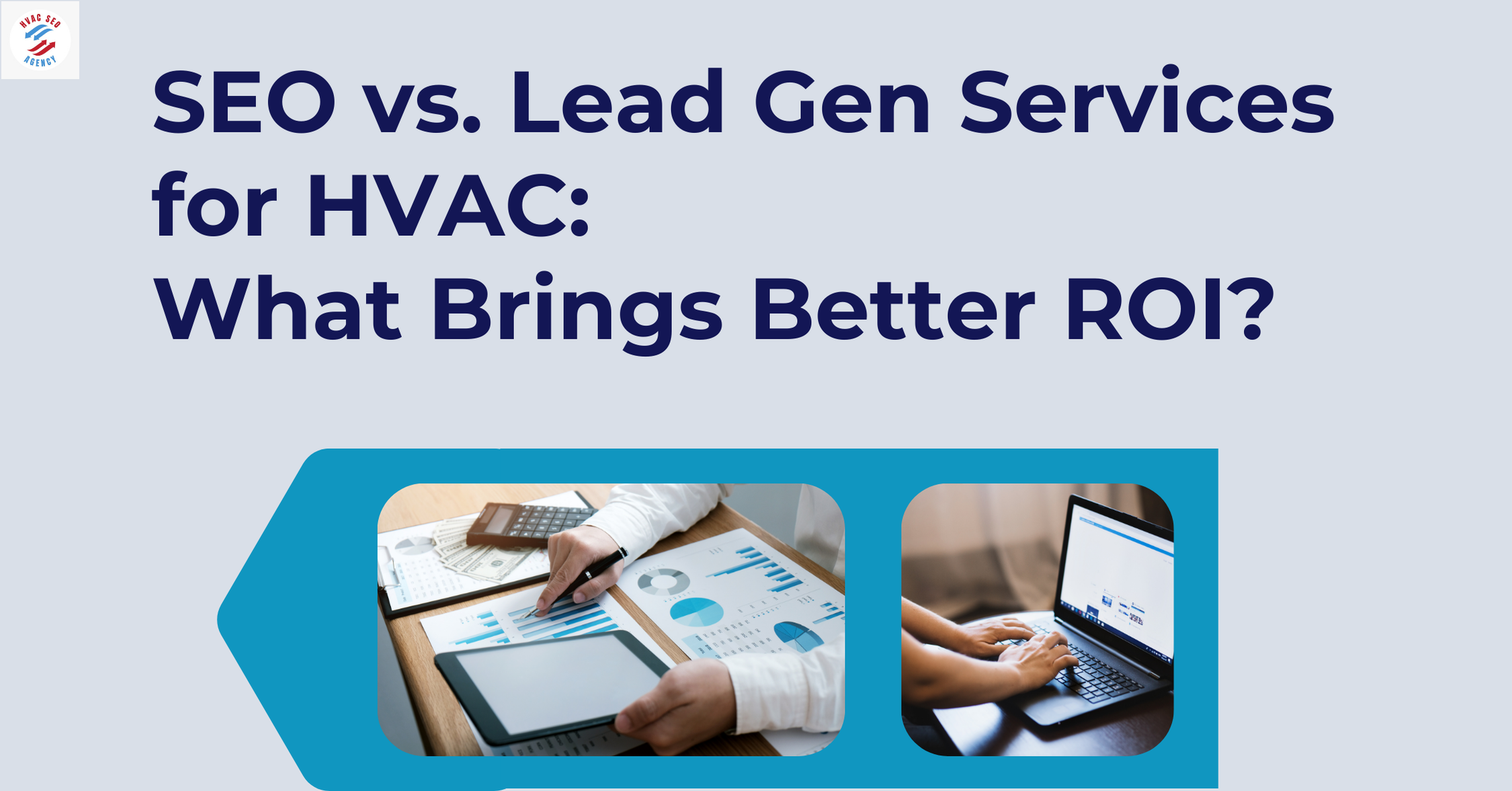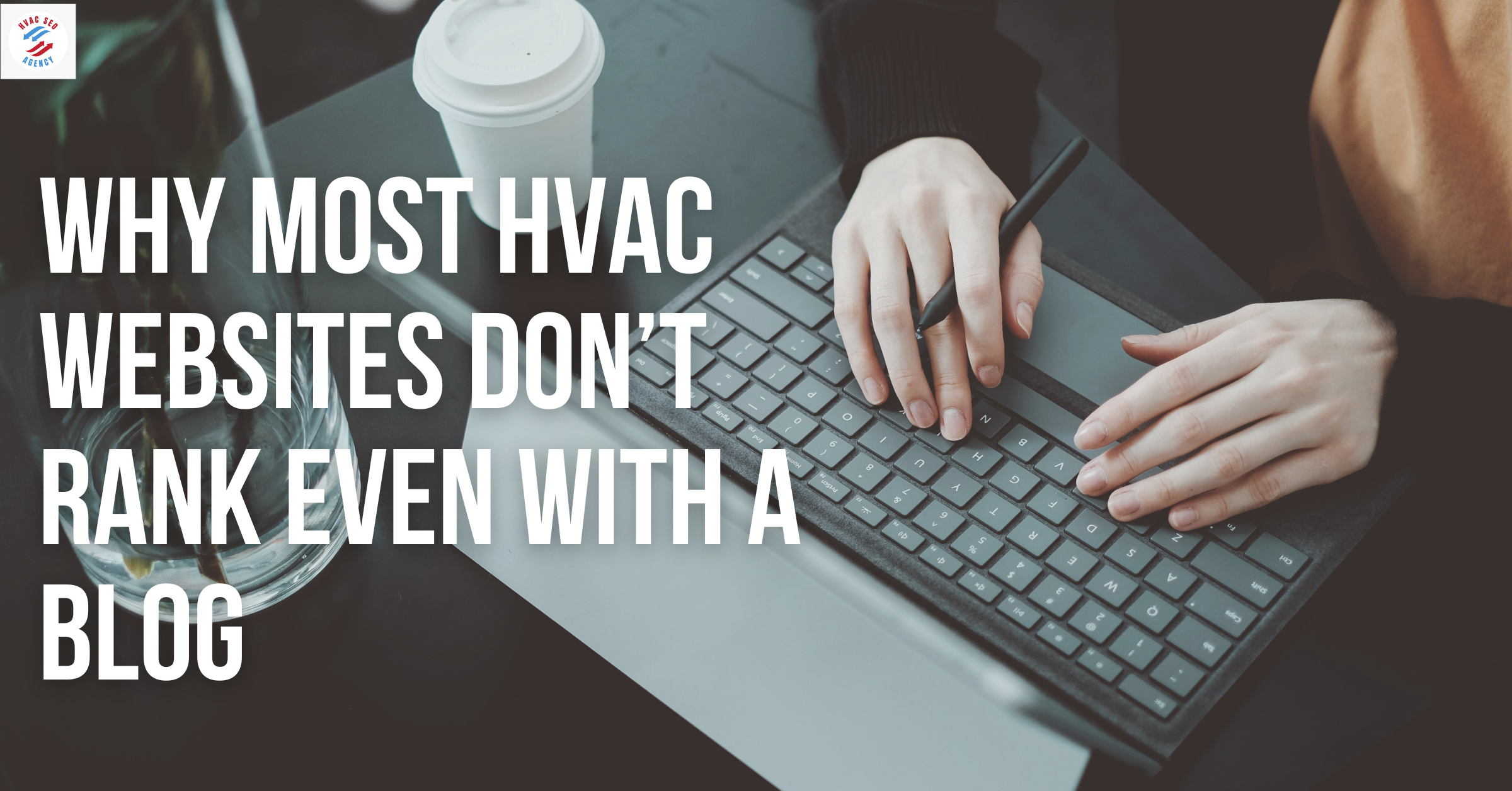7 Ways HVAC Businesses Waste Money Without a Solid SEO Plan

SECTION 1: Overpaying for Ads with No Long-Term ROI (Without an HVAC SEO Strategy)
Most HVAC companies in the U.S. sink thousands of dollars into Google Ads and Facebook campaigns only to find the leads dry up the moment the ads stop. This is one of the most common ways HVAC businesses waste money without a long-term HVAC SEO strategy in place. Unlike paid ads, SEO builds compounding value. When your content ranks, it brings in traffic 24/7 without per-click costs.
According to Word Stream, the average cost-per-click (CPC) for HVAC-related keywords in the U.S. ranges between $18 to $45 per click, depending on the city. But here's the problem: those clicks often go to unoptimized websites, with poor HVAC website ranking, high bounce rates, and low conversion.
Table: HVAC PPC Ad Costs vs Organic SEO Traffic Value
Source: WordStream, BrightLocal, Moz 2025 reports
Graph: Cost of Paid HVAC Ads vs Organic Traffic Over 12 Months
Line A: Paid Ads – flat or increasing
Line B: HVAC SEO – high upfront, but decreasing
(Source: Internal data from HVAC SEO agencies + HubSpot SEO ROI benchmarks 2025)
Why It Happens:
No long-term SEO plan in place
Ad budget burns fast without fixing on-site SEO
Poor HVAC website ranking means less trust and conversions even if ads bring traffic
Agencies selling short-term PPC only, ignoring organic growth potential
How a Strong HVAC SEO Strategy Solves This:
Targets long-tail, high-intent keywords to reduce dependence on ads
Builds authoritative HVAC content to increase rankings
Improves technical SEO and page speed for better conversions
Delivers higher ROI with compounding visibility
SECTION 2: Building a Website Without Ranking Strategy—A Silent Money Drain
Many HVAC businesses spend thousands on sleek, modern websites only to wonder why the phones aren’t ringing. The truth? A beautiful site without an HVAC SEO strategy is just digital window dressing. Without keyword research, on-page SEO, schema markup, and mobile optimization, your HVAC website ranking won’t stand a chance in Google’s AI-powered search.
According to a 2025 Ahrefs report, 90.63% of web pages get zero traffic from Google, and one of the top reasons is poor or no SEO strategy during site development. That means most HVAC websites are invisible despite the investment.
Table: HVAC Website Cost vs ROI Based on SEO Integration
Source: Ahrefs 2025, BrightLocal HVAC SEO study 2023
Graph: HVAC Website Ranking Position vs Monthly Organic Leads
X-axis: Google Position (1 to 20)
Y-axis: Monthly Organic Leads
Steep drop-off after position 5
Source: Backlinko, BrightEdge, HVAC SEO case studies 2025
Why It Happens:
Designers focus on aesthetics, not Google’s crawlability
No meta title optimization or structured data setup
No city/service-specific landing pages
No integration of keywords like HVAC SEO strategy across headers and content
No backlink or authority-building efforts during/after launch
How a Strong HVAC SEO Strategy Fixes This:
Begins with keyword and competitor research
Builds the site architecture around services + service areas
Ensures every page is optimized for speed, mobile, and indexing
Targets and improves HVAC website ranking across Google and Bing
Uses schema to help appear in AI Overview and rich results
SECTION 3: Ignoring Local Search Optimization Losing to Nearby Competitors
When HVAC companies skip local SEO, they get buried beneath their local competitors literally. Google’s AI-driven local pack now dominates the top of search results for phrases like “AC repair near me” or “furnace installation in [city].” Without a targeted HVAC SEO strategy that includes local signals, your HVAC website ranking won’t even appear on the first screen especially on mobile.
According to BrightLocal’s Local Consumer Review Survey 2025, 87% of U.S. consumers use Google to evaluate local businesses, and 42% of HVAC-related searches include geo-modifiers (like city or zip code). This means not optimizing for location = leaving money on the table daily.
Table: Local SEO Elements That Directly Impact HVAC Website Ranking
Source: BrightLocal 2025, Whitespark Local Search Ranking Factors
Graph: Share of HVAC Leads by Local Ranking Visibility (Top 3 vs Beyond)
In the Top 3 Local Pack
Between Positions 4–10
Beyond Page 1
Source: Moz Local Ranking Factors 2025 + Local Falcon Tracking Data
Why It Happens:
No city-specific service pages or location schema
No effort to optimize or verify Google Business Profile
No collection or response to local reviews
Keyword stuffing “near me” without actual strategy
No mention of target service areas in headers or content
How an HVAC SEO Strategy Helps:
Builds landing pages tailored to each city, neighborhood, or zip code
Adds local business schema and geotagging
Optimizes Google Business Profile with services, hours, service area, and photos
Improves HVAC website ranking for “near me” and local searches
Encourages reviews and citations that signal trust to Google’s local algorithm
SECTION 4: Writing Generic Blog Content That Never Ranks or Converts
A surprising number of HVAC companies regularly post blogs just to "stay active" but with no clear strategy, no keyword targeting, and no local relevance. Generic blogs like “5 Tips to Keep Your Home Cool in Summer” don’t drive traffic, don’t rank, and don’t convert leads. Without a targeted HVAC SEO strategy, blog writing becomes an expense, not an investment.
A SEMrush Content Marketing Report 2025 found that over 91% of blog content gets zero organic traffic because it's not optimized for search intent, keyword use, or internal linking. For HVAC companies, this means time and money wasted with no boost in HVAC website ranking.
Table: Blog Type vs Traffic and Conversions in the HVAC Industry
Source: SEMrush 2025, HVAC SEO Agency Case Studies
Graph: Organic Traffic by Blog Type (Generic vs SEO-Optimized)
Generic unoptimized blogs
SEO-optimized blogs using HVAC SEO strategy
Source: ClickFlow, HVAC-specific SEO client data 2025
Why It Happens:
No keyword research or content mapping
No local or service relevance in blog titles
Overuse of broad topics with high competition
Poor internal linking; no support to core service pages
Content not aligned with customer pain points or search terms
How an HVAC SEO Strategy Solves It:
Begins with search intent-based keyword research
Targets service + location-specific topics like “Best HVAC Tune-Up in Tampa”
Optimizes headers, metadata, and schema
Internally links blogs to main service pages to boost HVAC website ranking
Adds FAQs, structured data, and lead capture CTAs
SECTION 5: Failing to Monitor Analytics—Spending Without Tracking ROI
Most HVAC business owners wouldn’t spend $5,000 on a tool without measuring its output but that’s exactly what happens when they run marketing campaigns or update websites without tracking results. If you don’t monitor rankings, leads, bounce rates, and conversions, you're blindfolded and burning cash. Without tying your efforts to a data-backed HVAC SEO strategy, you have no way to know what’s working or what’s dragging your HVAC website ranking down.
A HubSpot State of Marketing Report 2025 revealed that only 52% of small businesses actively track their SEO performance, and those that do see 2.3x higher ROI on average. For HVAC companies, this tracking is the difference between scaling leads or scaling waste.
Table: HVAC Marketing ROI with vs Without Analytics Tracking
Source: HubSpot, Moz, HVAC SEO client data (2023–2025)
Graph: ROI Comparison HVAC SEO With vs Without Analytics
Businesses without analytics
Businesses with SEO analytics and tracking tools
Source: Data from HVAC-focused SEO agencies and HubSpot CRM benchmarks
Why It Happens:
Business owners don’t set up Google Analytics or Search Console
Rely on “gut feel” over real metrics
No keyword position tracking for HVAC website ranking
Marketing agencies don’t share detailed reports
Lack of CRM integration hides customer journey insights
How an HVAC SEO Strategy Fixes It:
Sets up Google Analytics, Search Console, and local rank trackers
Connects form fills and calls to keyword paths
Measures keyword movement tied to service areas
Tracks ROI per blog, page, and backlink
Uses monthly reports to refine and double down on what works
SECTION 6: Not Investing in Mobile Optimization Missing Over Half of Your Potential Leads
In 2025, over 65% of HVAC service searches in the U.S. happen on mobile devices, according to Google’s Mobile Usage Report. Yet many HVAC websites still load slowly, have unreadable fonts, unclickable buttons, or broken layouts on smartphones. This poor mobile experience directly hurts your HVAC website ranking and your ability to convert mobile users into paying customers.
Google uses mobile-first indexing, meaning it evaluates your site’s mobile version before the desktop one for search ranking. If your mobile performance is poor, your entire HVAC SEO strategy fails regardless of how good your desktop site looks.
Table: Mobile Optimization vs Conversion & Ranking Impact
Source: Google PageSpeed Insights, HubSpot 2025, HVAC industry conversion data
Graph: Impact of Page Load Time on HVAC Website Ranking & Lead Conversions
X-axis: Page Load Time (seconds)
Y-axis: Conversion Rate (%)
Source: Google Web Vitals Report, HVAC digital marketing benchmarks 2025
Why It Happens:
Sites are built desktop-first with no responsive testing
No image compression or lazy loading
Unoptimized buttons, menus, or phone numbers on mobile
Google Core Web Vitals not being met
No mobile speed audits as part of HVAC SEO strategy
How a Strong HVAC SEO Strategy Solves It:
Begins with mobile-first UX design and responsive layout
Compresses images and reduces code bloat
Implements AMP (Accelerated Mobile Pages) if needed
Uses Google PageSpeed and Lighthouse reports for continuous tuning
Improves HVAC website ranking by meeting mobile usability standards
SECTION 7: Choosing Cheap or Generic SEO Services That Don’t Understand HVAC
One of the costliest mistakes HVAC businesses make is hiring low-cost or one-size-fits-all SEO providers who lack industry experience. These agencies often use outdated tactics, fail to target HVAC-specific search terms, or worse, outsource low-quality backlinks and AI-spun content that harm your HVAC website ranking long term. Without a specialized HVAC SEO strategy, you end up paying for checklists instead of results.
A Clutch.co 2025 SMB Marketing Report found that 41% of small business owners switched SEO agencies due to poor lead generation. For HVAC companies, generic SEO efforts often result in no local traffic, poor content relevance, and zero conversions.
Table: Specialized HVAC SEO Agency vs Generic SEO Service
Source: Clutch.co, HVAC SEO Agency Reports 2025
Graph: Lead Growth Over 6 Months Generic SEO vs HVAC SEO Strategy
Generic SEO providers
HVAC-specific SEO strategy and agency support
Source: Internal case studies from HVAC-focused SEO agencies, 2024–2025
Why It Happens:
Agencies reuse templates that aren’t tailored to HVAC search trends
No understanding of seasonal HVAC lead cycles
Poor integration with Google Business Profile and service area optimization
Zero focus on technical SEO or conversion-based design
Keyword stuffing and spammy backlink tactics
How an HVAC SEO Strategy Solves It:
Targets HVAC-specific terms like “emergency AC repair + city”
Designs siloed service pages by location and offering
Builds white-hat backlinks from local directories and industry sites
Tracks HVAC website ranking improvements weekly
Aligns every tactic to customer behavior and booking intent
SECTION 8: Neglecting Online Reviews and Reputation—Killing SEO Trust Signals
Your online reputation isn't just about customer satisfaction, it's a direct ranking factor. Google reviews, Yelp, Facebook ratings, and Better Business Bureau listings all feed into your E-E-A-T (Experience, Expertise, Authoritativeness, Trustworthiness) score. HVAC companies that ignore review generation and reputation management unknowingly sabotage their HVAC website ranking, no matter how well their site is optimized.
According to BrightLocal’s Local Consumer Review Survey 2025, 98% of consumers read online reviews for local businesses, and 84% trust them as much as personal recommendations. Worse, businesses with less than 4 stars on Google often get filtered out of local packs even if they have a strong HVAC SEO strategy.
Table: Online Reputation vs Visibility & Conversion
Source: BrightLocal, MOZ, Local SEO Ranking Factors Report 2025
Why It Happens:
No review request process post-service
Negative reviews left unresolved
Google Business Profile not fully optimized
Inconsistent NAP (Name/Address/Phone) citations
No integration of reviews into website content or schema
FAQs: HVAC SEO Strategy & Website Ranking
Q1. What is an HVAC SEO strategy and why does it matter?
An HVAC SEO strategy is a tailored plan that improves your HVAC company's visibility on Google and other search engines. It includes keyword targeting, technical SEO, local optimization, content marketing, and backlink building. It matters because over 75% of users never scroll past the first page so ranking high is directly linked to more leads and revenue.
Q2. How long does it take for an HVAC website to rank on Google?
With a well-executed HVAC SEO strategy, you can start seeing ranking improvements in 3 to 6 months. Competitive cities and keywords may take longer, but progress can be accelerated through technical audits, consistent content publishing, and local citation building.
Q3. Does Google Business Profile impact HVAC website ranking?
Yes. Google Business Profile (formerly Google My Business) is essential for local SEO. An optimized listing boosts your chances of showing up in the local 3-pack, drives mobile calls, and increases trust especially when tied to a strong HVAC SEO strategy.
Q4. Should I use both paid ads and SEO for my HVAC business?
Yes, but with balance. Ads offer quick results, while SEO compounds long-term. Relying only on paid ads is costly. A smart HVAC SEO strategy reduces ad dependency over time and builds sustainable visibility across organic search, maps, and AI results.
Q5. How do online reviews affect HVAC website ranking?
Google uses reviews as a trust signal. Businesses with higher ratings and consistent review responses tend to rank better locally. Your SEO strategy should include review generation, monitoring, and reputation management to support both ranking and conversion.
Q6. Can I do HVAC SEO myself or should I hire an expert?
While basic tactics can be self-implemented, HVAC SEO involves technical elements, local optimization, schema, and evolving algorithm updates. For sustainable growth and measurable ROI, it’s recommended to work with an HVAC SEO agency experienced in the U.S. market.
Q7. Why isn’t my HVAC website ranking despite regular blogging?
Generic or unoptimized content doesn’t help ranking. Blogs need to target specific service-related keywords, locations, and search intent. A proper HVAC SEO strategy aligns blog content with real queries, internal links, and lead capture mechanisms.
Conclusion: Stop Wasting—Start Ranking with a Real HVAC SEO Strategy
Every dollar spent without SEO insight is a dollar you may never recover. From overpaying for ads to running a stunning website that no one finds, HVAC businesses across the U.S. are unknowingly bleeding money. The problem isn't the effort, it's the direction. And the solution is a purpose-driven, data-backed HVAC SEO strategy.
When executed correctly, SEO becomes your strongest long-term growth engine. It boosts HVAC website ranking, drives qualified leads daily, and positions your brand as the go-to HVAC provider in your area. It’s not just about traffic, it's about revenue.


